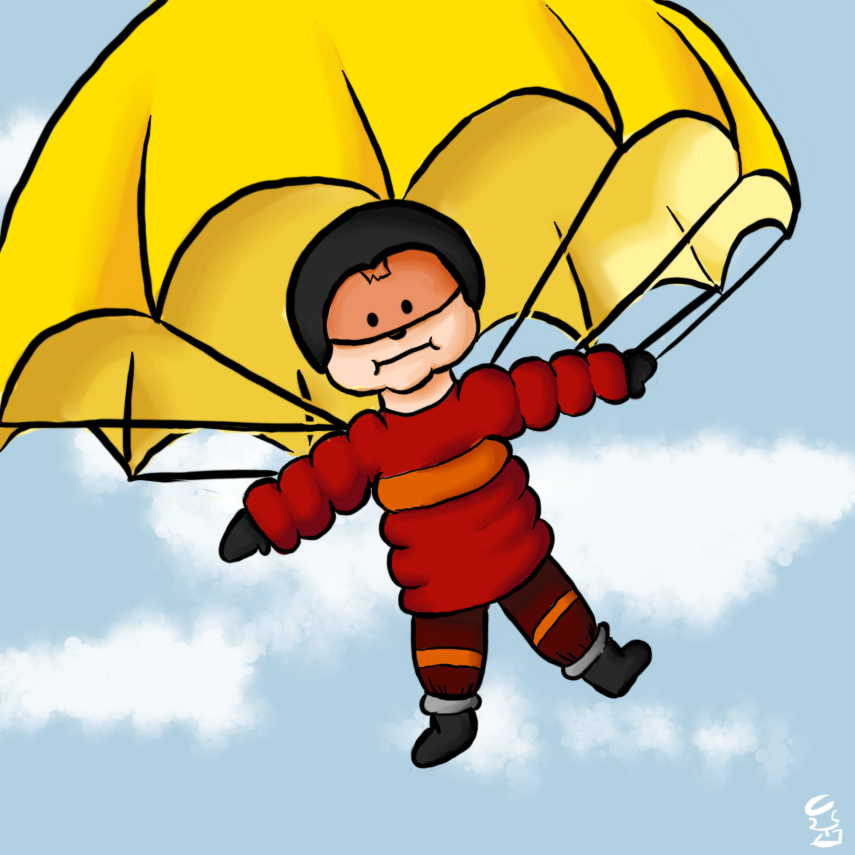|
One of the most commonly repeated “alternative facts” in the natural birth community is that women in labor are aided in the process by gravity and, thus, should be encouraged to labor and push in upright positions. Pregnant mothers will come across this in nearly every natural labor text, website, or blog and, on the surface, it seems to make a lot of sense. Why not let the force of gravity work for you? Why work any harder than you have to?
This gravity idea causes a lot of anxiety in pregnant mothers and they often fear that they will be “tied to the bed” or have to deliver “flat on their backs,” working against gravity. I will often be working with an exhausted mother, who is pushing well on her back and has no energy for any other position, that suddenly cries out, “but shouldn’t I try to get up so I can get some gravity?” But the simple fact is that gravity has nothing to do with getting a baby out. If it did, babies would be falling out of women left and right and there would be little need for advice about birth. No, getting a baby out is about moving a baby past an obstruction: the mother’s cervix, soft tissue, including cartilage and muscle, and the hard bones of the pelvis. In order for this to happen, the mother’s soft tissues need to mold, stretch, and relax and the connections between the bones in the pelvis need to loosen. Adequate force must then consistently work the baby through these structures. The baby has to rotate into different orientations so that it may move more easily through pelvis and the bones in the baby’s skull must shift and mold in order to decrease the diameter of the baby’s head squeezing through this narrow passage. It is an extremely complicated process and given that mothers and babies come in all different shapes and sizes, it is no wonder that it can be a significant challenge to achieve. This is not to say that freedom of movement, ambulation, and alternative pushing positions do not benefit women in labor. They do. Studies have shown that mothers who are able to move freely throughout their labors report less pain, have shorter labors, and less need for pitocin and epidurals. Alternative pushing positions, such as hands-and-knees, side lying, and squatting, are associated with less perineal tearing, shorter pushing stages, and less observed fetal heart rate changes, however in the studies that have been performed, no one pushing position was so superior as to consider it a preferred position for delivery. Furthermore, none of the studies examining position in labor and specifically pushing positions have demonstrated higher spontaneous vaginal delivery rates in mom’s who spend their labors upright or push in upright positions. In fact, a recent well-done study in the UK which specifically looked at women with epidurals, found that women who pushed on their backs actually had higher vaginal delivery rates than those that sat upright, even though their deliveries where performed by midwives who reported that they believed upright positions were superior. (Upright versus lying down position in second stage of labour in nulliparous women with low dose epidural: BUMPES randomised controlled trial. BMJ 2017; 359 :j4471) The apparent conflict in these observations is because the forces acting on a baby during labor and causing changes in the mother’s body are internal, not external. The observed benefits of alternative positioning are not due to the external force of gravity, but are due to their direct effect on the mother’s musculoskeletal system, which alters the dimensions of the maternal pelvis and the direction in which internal forces are acting on the baby. The combination of these factors aid in rotation and proper alignment of the baby’s head with it’s mother’s pelvis. Anything that enables proper muscle relaxation and alignment of the fetal head in the pelvis can achieve this same effect, including hydrotherapy or even an epidural. Any position that allows the forces of uterine contractions and maternal pushing to effectively move a baby through the pelvis is a good position. For some women that will be upright, for some women that will be a side-lying position, and for others it will be on their back. So, long story short, a laboring mother should be encouraged to try many different positions during labor and delivery, in order to help her relax, labor in the way most comfortable for her, and move her baby through her pelvis effectively. If something doesn’t seem to be working or doesn’t feel right, she should simply try something else. There is no right position for every woman or every baby or even one single labor and there are times that lying down may be just what a woman needs.
1 Comment
1/23/2019 01:01:43 pm
Thank you Dr. A for providing such a clear physiological explaination of the birth process. There is a lot of confusion and perhaps way too much dependency on gravity as an explaination for what pregnant, laboring and postpartum women need. But it also makes a case for optimizing the pregnant woman’s musculoskeletal system in preparation for childbirth which includes the pelvic floor muscles. Thank you!
Reply
Leave a Reply. |
AuthorDr. Michelle Aristizabal is a board-certified General Obstetrician and Gynecologist in Montclair, NJ. She is the author of Natural Labor and Birth: An evidenced-based review of the natural birth plan and runs a busy, private practice, with a special focus on supporting women who desire low-intervention, un-medicated births. Archives
February 2022
Categories |

 RSS Feed
RSS Feed